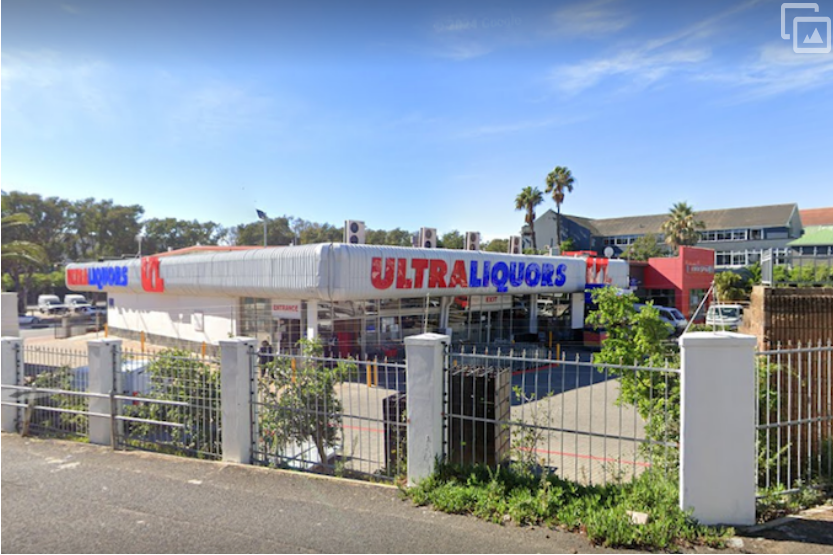South Africa’s rooftop solar surge making a big dent in load-shedding
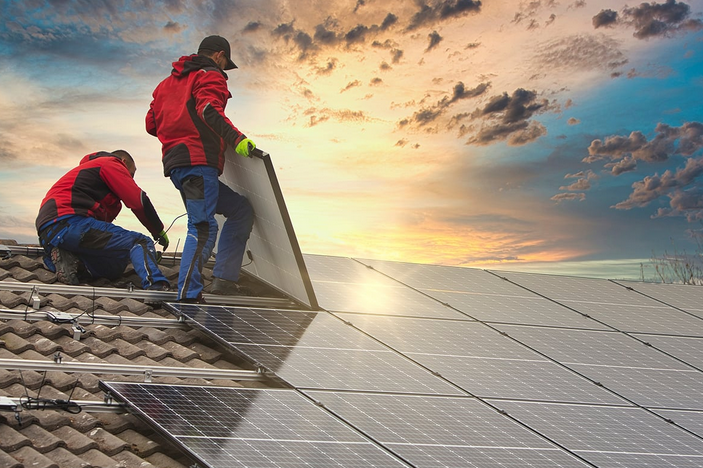
08-02-2024
Read : 496 times
My Broadband
Source
The surge in rooftop solar adoption in South Africa in the past few years has significantly reduced demand on Eskom’s grid and alleviated load-shedding.
Eskom has told MyBroadband its energy sent out has decreased by approximately 2.8% in 2024, while the figure including Independent Power Producer (IPP) generation has decreased by 1.79%.
Eskom’s latest system adequacy report showed that the utility had recorded annual residual energy demand of 18,372GWh by 4 February 2024, 6.7% less than the 19,693GWh demand seen by the same date in 2023.
In addition, Eskom’s contracted energy demand in South Africa had decreased from 21,529GWh to 20,143GWh.
skom said although reduced economic activity clearly played a role in reducing electricity demand, it believed that the biggest impact was from “behind the meter” PV installations, referring to self-generating solar systems.
“The load profile has also changed and has much more pronounced morning and evening peaks with a trough in between,” Eskom stated.
That profile can be explained by solar output peaking in the middle of the day — when the sun is high in the sky — and dropping off during the night.
Eskom said its calculations showed that rooftop solar’s contribution had increased from an effective 2,265MW in July 2022 to 5,204MW in December 2023.
Eskom’s findings correlate with those of senior economist at Trade & Industrial Policy Strategies, Gaylor Montmasson-Clair, who previously calculated that the country had around 5,200MW (5.2GW) of private solar capacity by the end of 2023.
He determined this was about double the 2,600MW installed by the end of 2022.
The self-generating capacity added in the past year was more than the PV solar plant capacity of 2,200MW connected to Eskom’s grid by IPPs in about a decade.
South Africa’s rooftop solar surge making a big dent in load-shedding
Hanno Labuschagne7 February 2024
South Africa’s rooftop solar surge making a big dent in load-shedding
The surge in rooftop solar adoption in South Africa in the past few years has significantly reduced demand on Eskom’s grid and alleviated load-shedding.
Eskom has told MyBroadband its energy sent out has decreased by approximately 2.8% in 2024, while the figure including Independent Power Producer (IPP) generation has decreased by 1.79%.
Eskom’s latest system adequacy report showed that the utility had recorded annual residual energy demand of 18,372GWh by 4 February 2024, 6.7% less than the 19,693GWh demand seen by the same date in 2023.
In addition, Eskom’s contracted energy demand in South Africa had decreased from 21,529GWh to 20,143GWh.
The residual and contracted energy demand recorded by Eskom from 2019 to the year-to-date for 2024 are shown in the tables below.
Eskom said although reduced economic activity clearly played a role in reducing electricity demand, it believed that the biggest impact was from “behind the meter” PV installations, referring to self-generating solar systems.
“The load profile has also changed and has much more pronounced morning and evening peaks with a trough in between,” Eskom stated.
That profile can be explained by solar output peaking in the middle of the day — when the sun is high in the sky — and dropping off during the night.
Eskom said its calculations showed that rooftop solar’s contribution had increased from an effective 2,265MW in July 2022 to 5,204MW in December 2023.
Eskom’s findings correlate with those of senior economist at Trade & Industrial Policy Strategies, Gaylor Montmasson-Clair, who previously calculated that the country had around 5,200MW (5.2GW) of private solar capacity by the end of 2023.
He determined this was about double the 2,600MW installed by the end of 2022.
The self-generating capacity added in the past year was more than the PV solar plant capacity of 2,200MW connected to Eskom’s grid by IPPs in about a decade.
The graph below compares the capacity of utility-scale renewables and private solar power in South Africa — from July 2022 to December 2023.
The increase of roughly 3,000MW in self-generated capacity in the past one and a half years has helped keep load-shedding to comparatively lower levels in early 2024 than in 2023, despite Eskom’s generating fleet seeing its energy availability factor (EAF) continue to worsen.
By the fifth week of 2024, the average weekly EAF stood at 51.55%, compared to 54.39% by the fifth week of 2023.
That is despite the fact that Eskom has returned three large generating units at Kusile back to service and brought a new unit at the station online in between the two periods.
That contribution alone should be adding over 3,000MW to the grid.
Further evidence that rooftop solar has taken the strain off Eskom is that the utility has suspended or reduced load-shedding stages for only a few hours during the middle of the day over the past few weeks.
While this has commonly happened over weekends in previous years, primarily due to reduced demand, it had previously not occurred for these short mid-day periods on business days.
Eskom actively encouraging demand reduction
Another factor that might have an impact on future energy usage is load-limiting.
The demand-side management initiative encourages Eskom Direct customers to reduce consumption during load-shedding to better balance Eskom’s supply and demand.
As long as a household can keep their load below 10 Amps, or about 2.4kW, they can continue using electricity to power appliances such as fridges, lights, TVs, monitors, routers, and even kettles or microwaves, if used in moderation.
Eskom said it would always be concerned about reduced electricity sales, which could become more serious due to self-generation and load-limiting.
However, it expressed confidence in the National Energy Regulator of South Africa’s (Nersa’s) allowable revenue methodology, which currently permits Eskom to recover revenue based on forecasted sales.
“Nersa is required to ensure the recovery of efficient costs for the sales forecast that it decides to be representative,” Eskom said.
“According to its methodology, Nersa will ensure that the revenue covers the efficient and prudent costs.”
“If the sales are lower, the relevant variable costs will adjust in accordance.”
Recent News
Here are recent news articles from the Building and Construction Industry.
Have you signed up for your free copy yet?
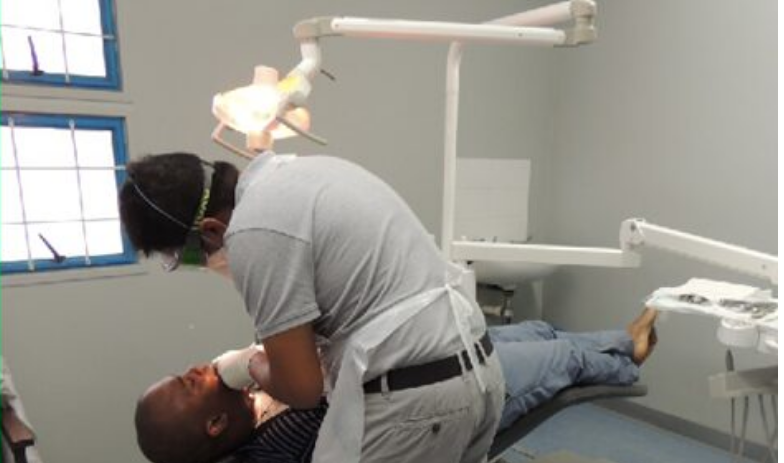
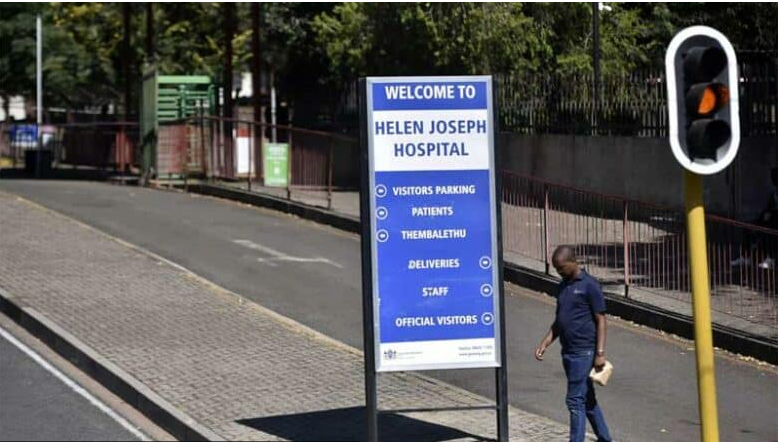
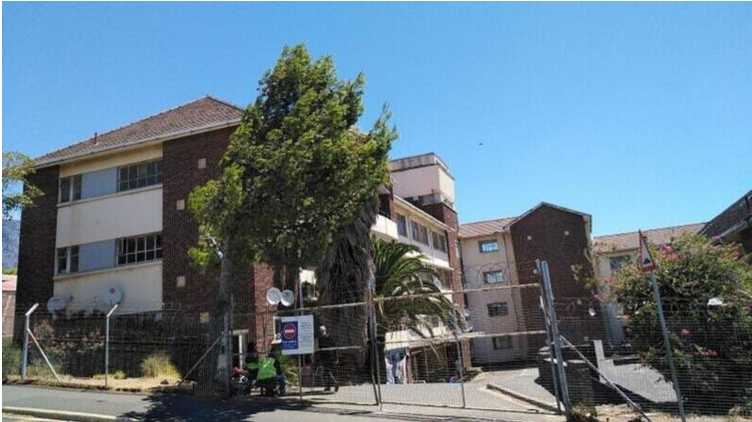
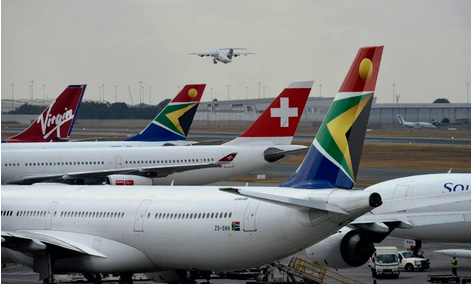
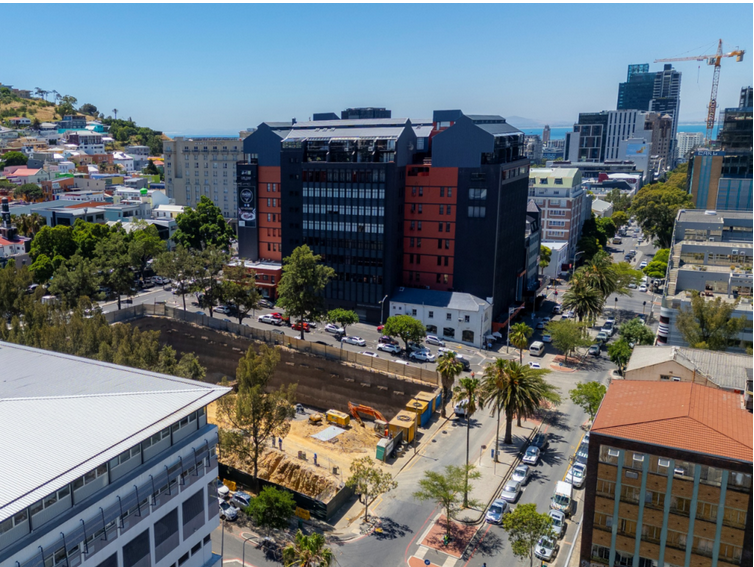

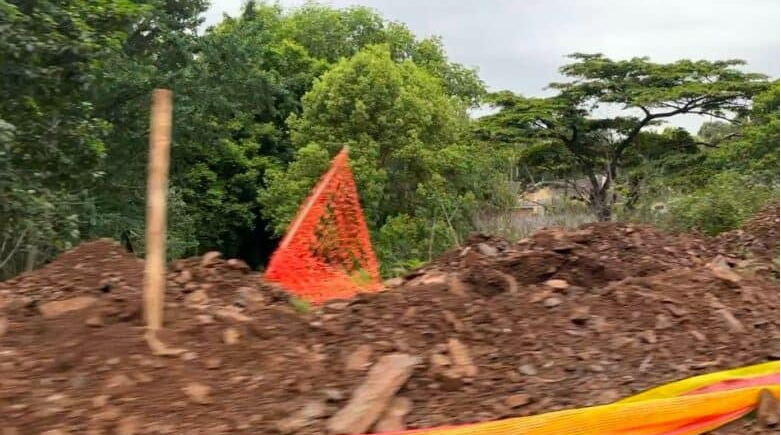
![renewables - [Google Images]](https://static.l2b.co.za/Images/Uploads/Photos//417a7387-3dbd-4ddd-a571-ff71fd4a077a.png)
